Reagan Library and Museum
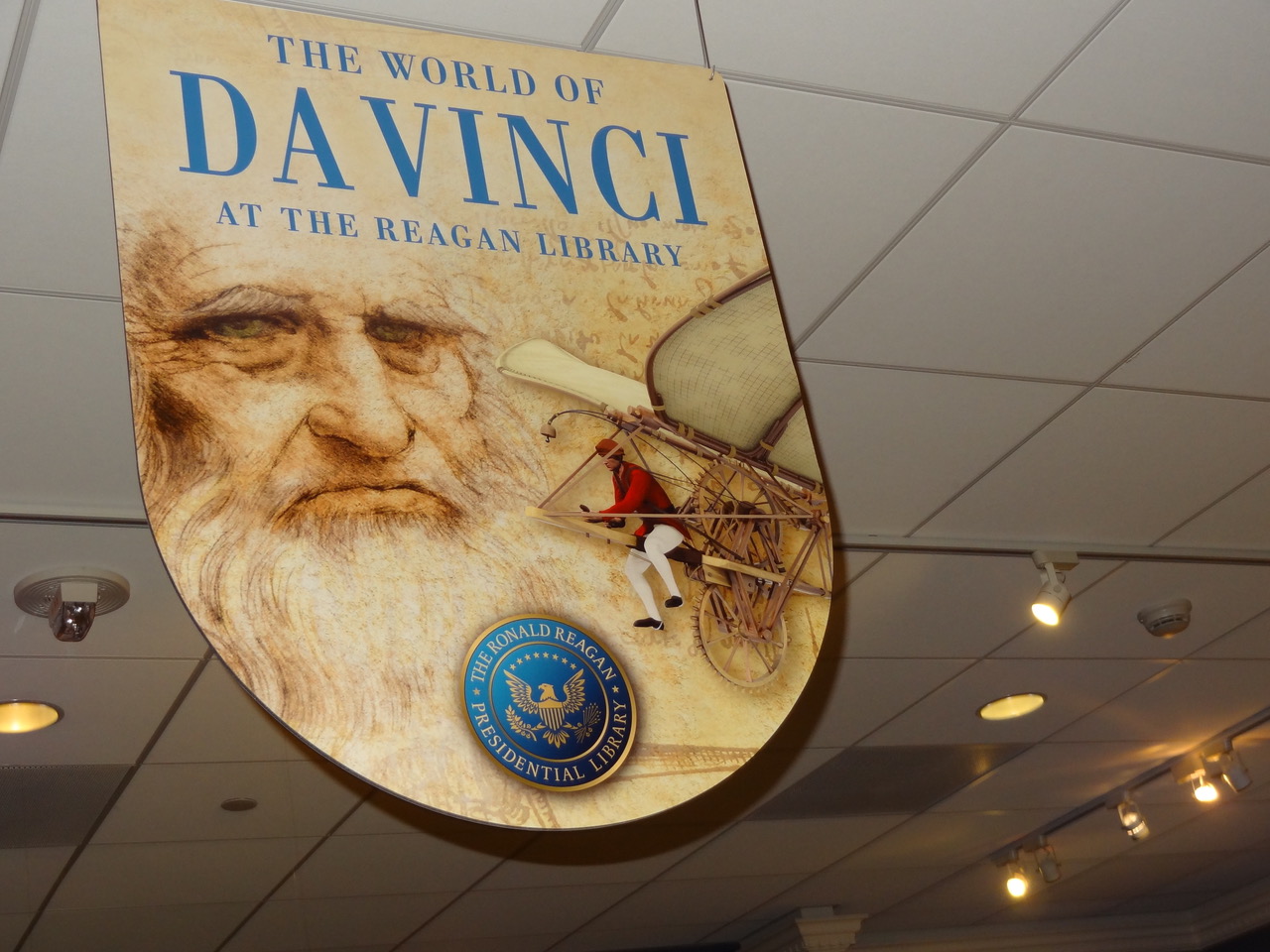
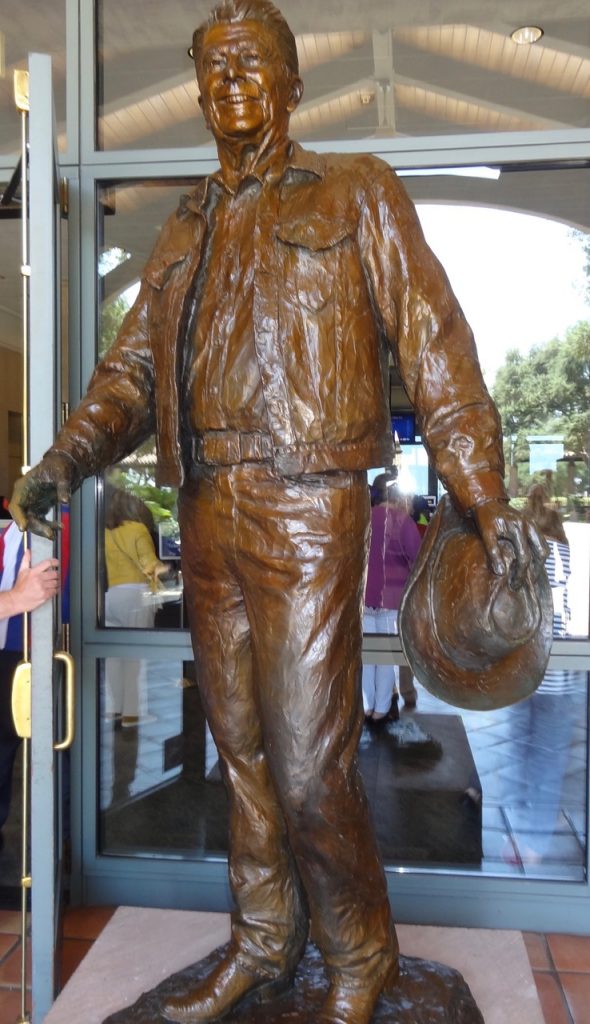
The Channel City Club and Committee on Foreign Relations invited members to take a day trip to Simi Valley to see the Ronald Reagan Presidential Library and Museum and particularly the current exhibit, “The World of da Vinci.” It’s always surprising to me to learn that Vinci is where Leonardo was born. So it really means Leonardo from Vinci, not his last name. The year was 1452.
We began our visit with lunch and a lecture from John Westerdahl who is an expert in the food and science arena. He began by telling us, “Leonardo was a Renaissance man: painter, sculpture, architect, musician, scientist, mathematician, engineer, inventor, anatomy, geologist, mapmaker, botanist, writer and self-taught everything.” Whew! He was also a vegetarian and espoused what today we call the Mediterranean diet.
Leonardo was against killing animals for food and yet he designed many things that were used in war. He drew the precursor of the machine gun. He was very advanced in preventative medicine with his diet. We all know about the painting of the Mona Lisa and his Last Supper but Leonardo also studied birds for flight, hoping to make a flying machine 300 years before the Wright Brothers.
Da Vinci was the out-of-wedlock child of his mother who was a 16-year-old orphan. In 1476 he was accused of sodomy and found not guilty. He never married and it is believed he was a homosexual. He was left-handed and wrote backwards so as not to smear his writing. He died in 1519 Chateau du Clos Luce in Amboise, France. He left 4,000 pieces of paper called Leonardo’s notebooks, which have been translated for you to read.
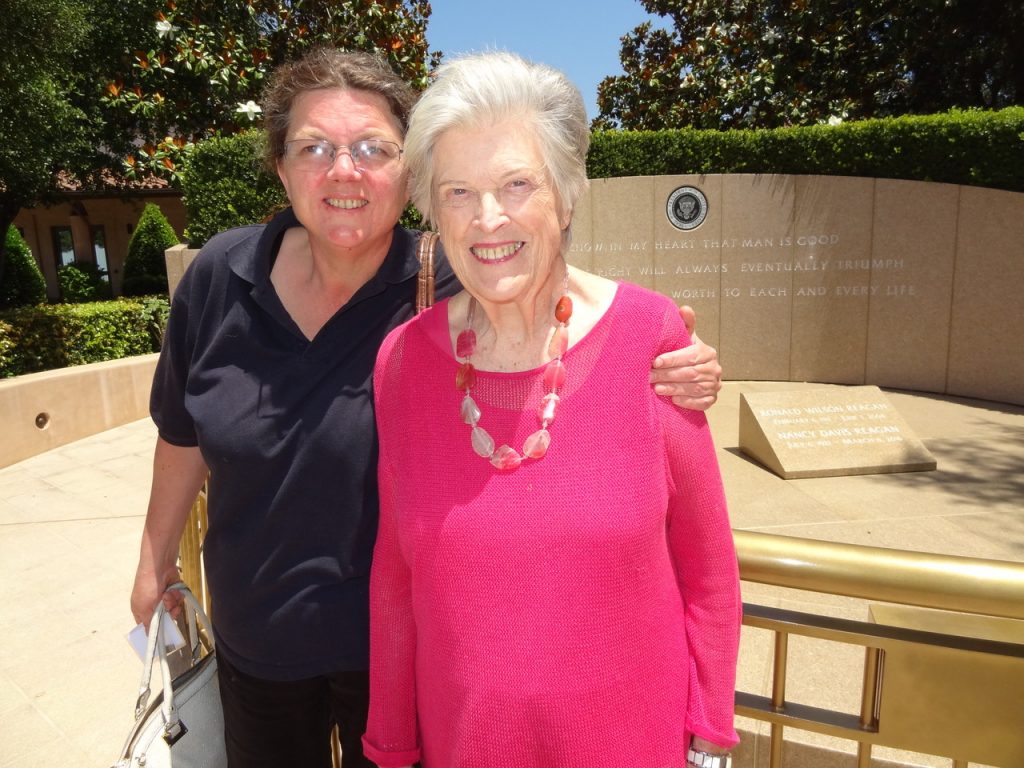
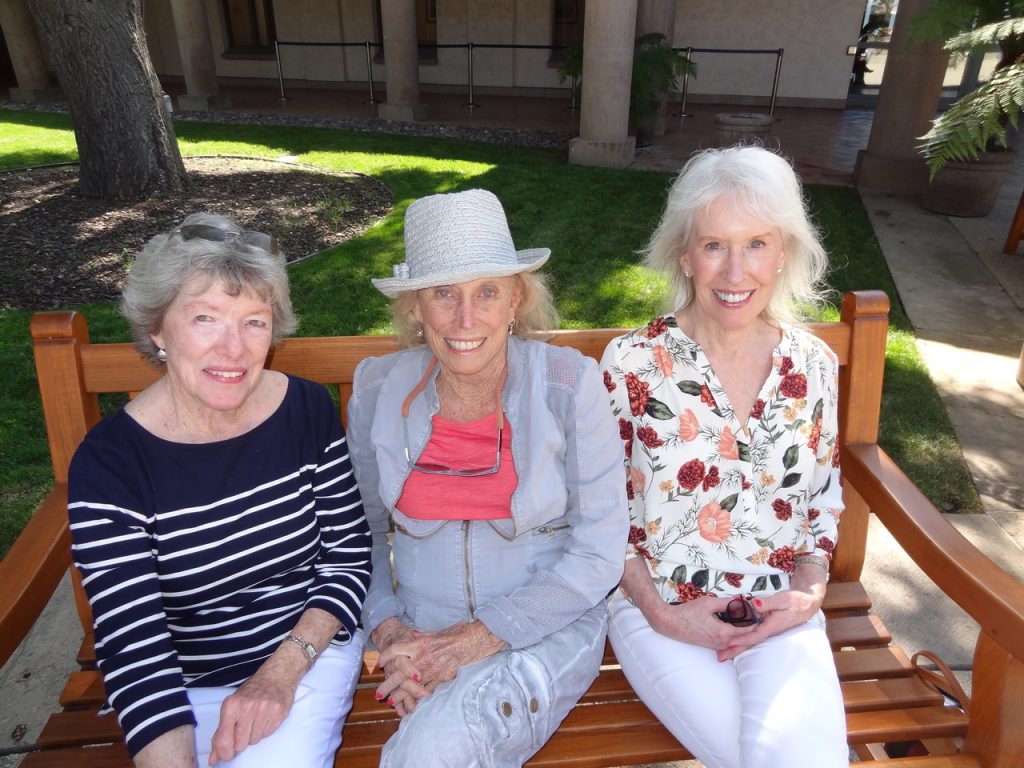
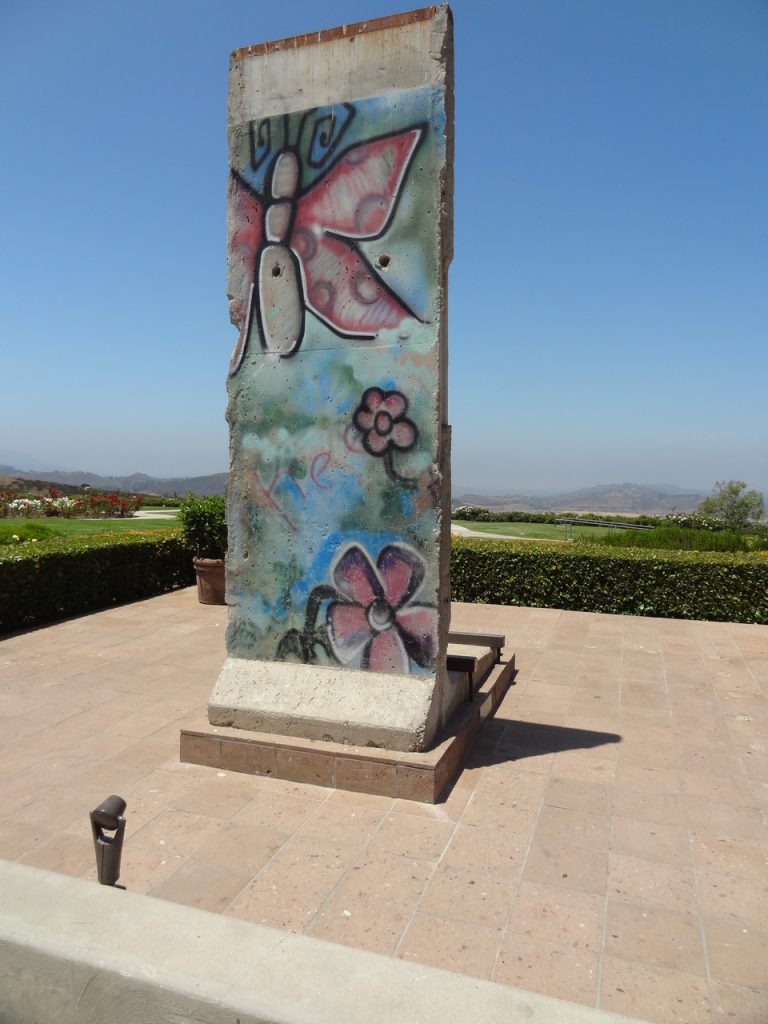
The exhibition features over three dozen reconstructions of Leonardo’s amazing machines, including over a dozen that were built life size: his Mechanical Lion, Flying Bicycle, Mechanical Bat and Great Kite. There is also the worldwide premiere of his Double Continuous Organ.
Da Vinci’s art comes to life with digitally restored, (life size) reproductions of The Mona Lisa, Vitruvian Man, The Last Supper and Lady with an Ermine. He is among the most influential artists in history. He symbolizes the Renaissance age and was one of the most intelligent people ever to have lived.
While you’re there you could join the five million visitors since the President Reagan Library opened in 1991 and check out this 100-acre site. President Reagan referred to it as the “shining city on a hill.” There are 100,000 square feet in 24 different galleries. My favorites are the full-sized replica of the Oval Office and boarding the actual Air Force One, which served President Reagan and six other presidents.
Since Reagan loved the West his Oval Office had earthy colors, western art and a collection of bronze saddles, not to mention the jar of jellybeans. Air Force One carried Reagan to 26 countries and 46 states. It always surprises me how plain the interior of the plane is. Nothing fancy at all. There is also a replica of the White House Rose Garden and one of the first major pieces of the Berlin Wall to be brought out of Germany. It is the site of President Reagan’s and Mrs. Reagan’s Memorial.
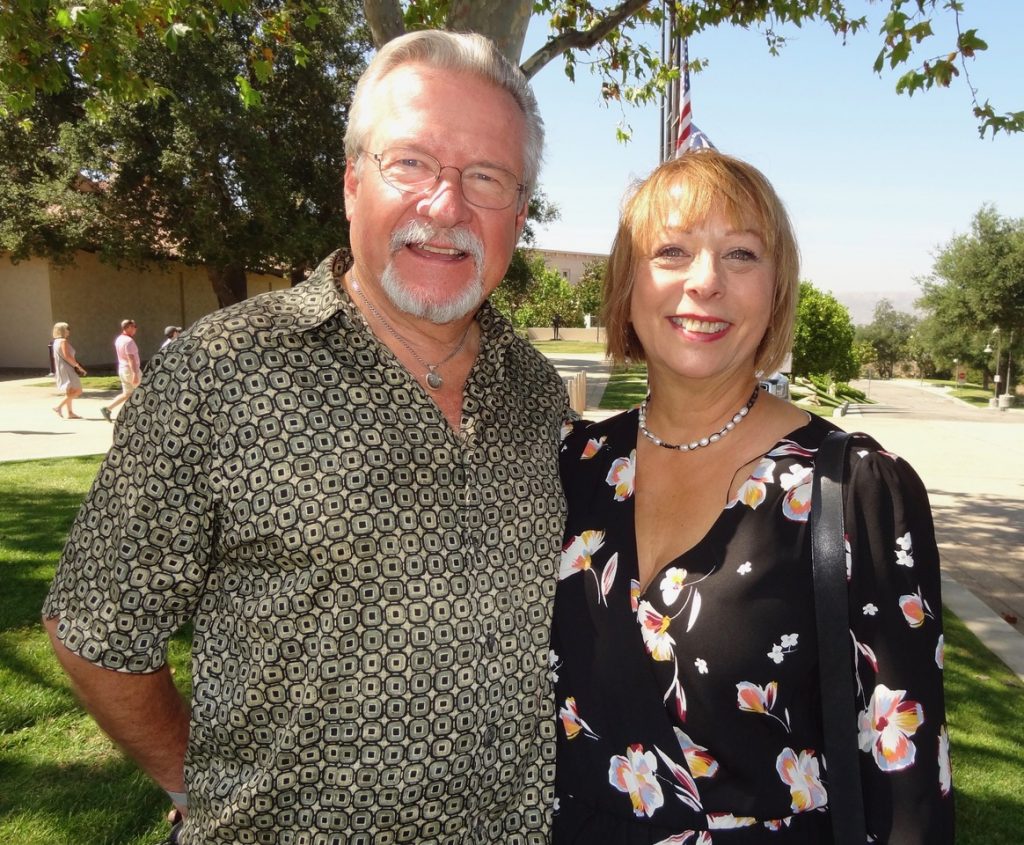
In President Reagan’s farewell address to the nation on January 11, 1989 he said, “Once you begin a great movement, there’s no telling where it will end. We meant to change a nation, and instead we changed the world.”
Presidential Libraries are not libraries in the usual sense. They are archives and museums, preserving the written record and physical history of our presidents. They have been described as “classrooms of Democracy” that belong to the American people. President Roosevelt raised private funds and built a library, which he gave to the U.S. government for operation through the National Archives. In 1955 this process became law when the U.S congress passed the Presidential Libraries Act.
According to President Reagan’s wishes, his Foundation and Institute receives no government funds and relies solely on private donations. It helps sustain the Library and museum, operates the Reagan Center for Public Affairs, the Presidential Learning Center, The Air Force One Pavilion and the Discovery Center and the Reagan Institute in Washington, D.C. To learn more about becoming involved call 805.522.2977.





